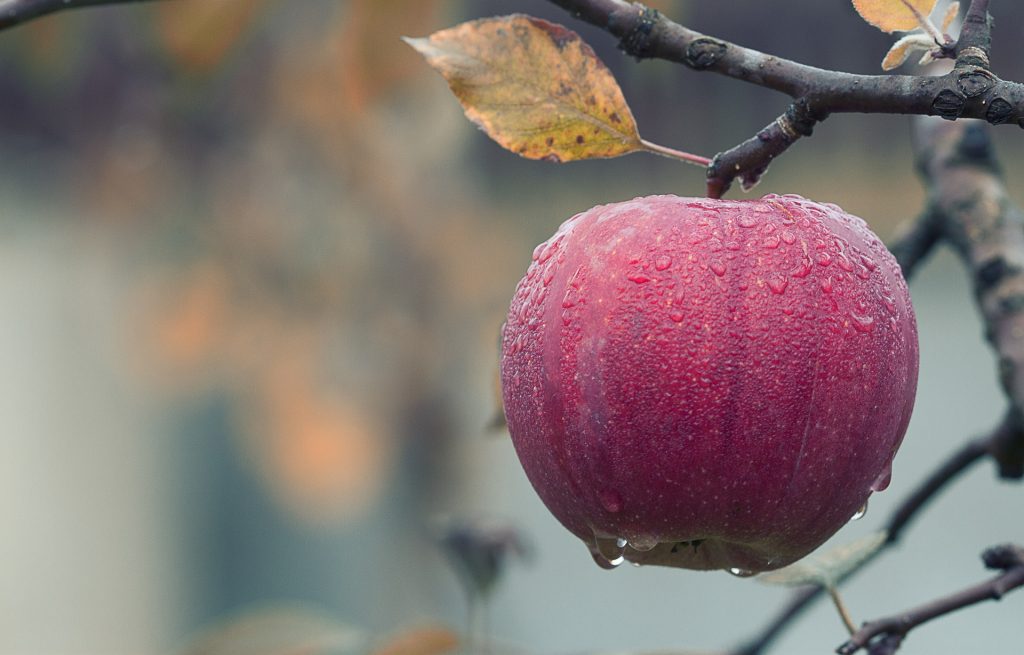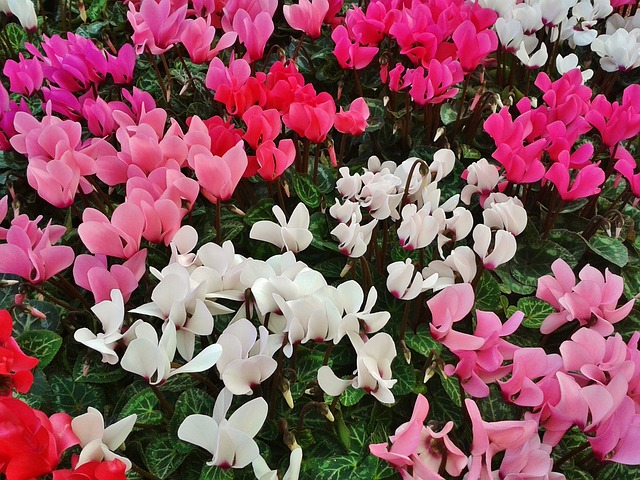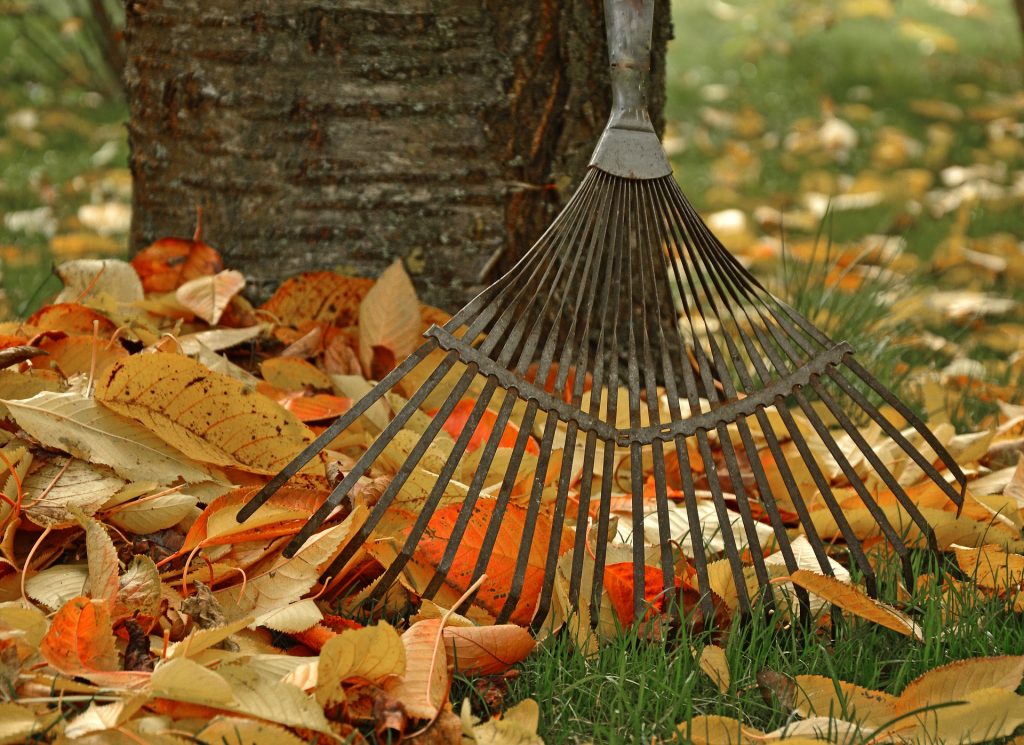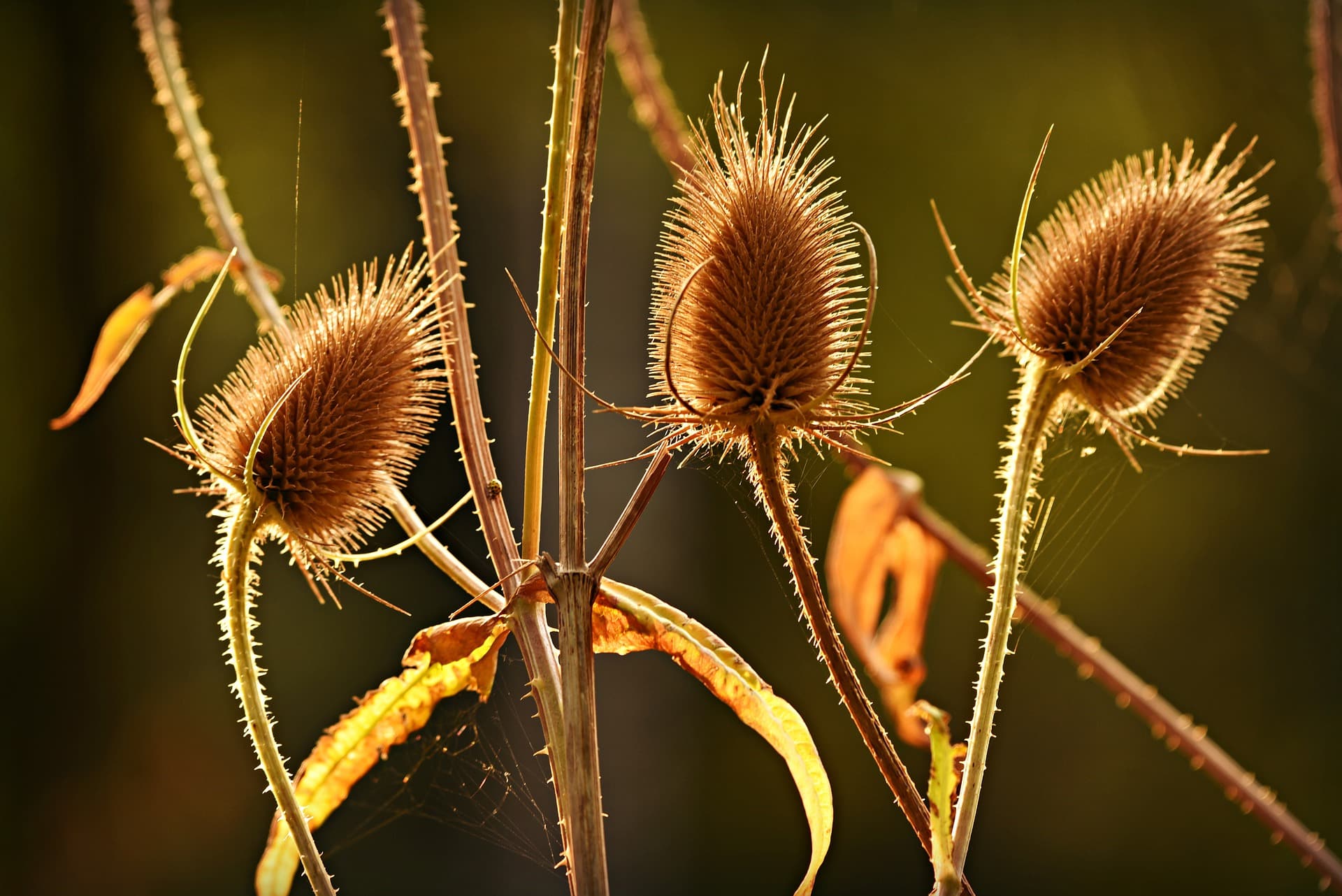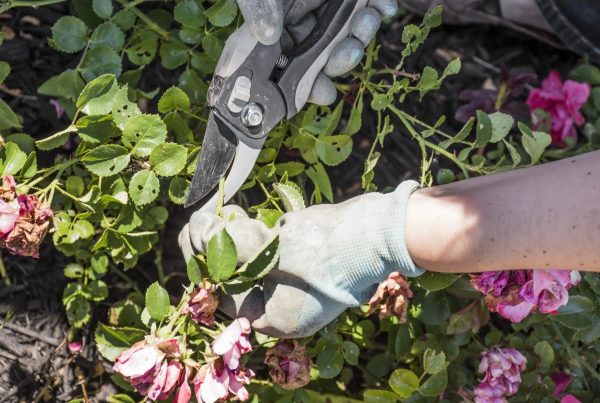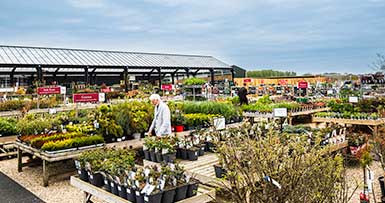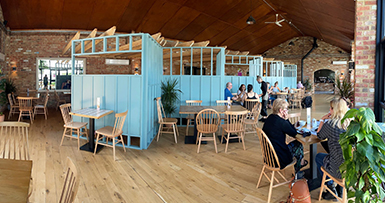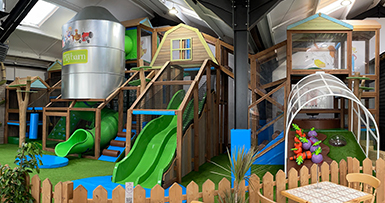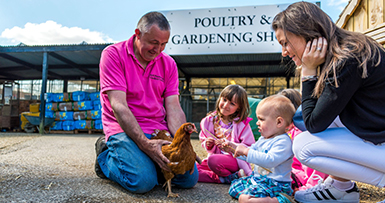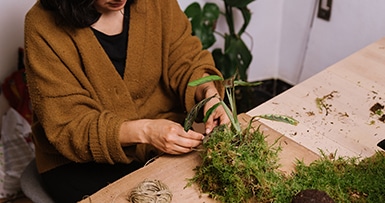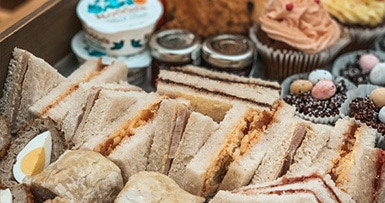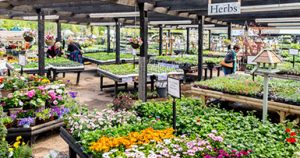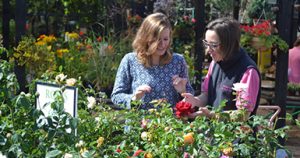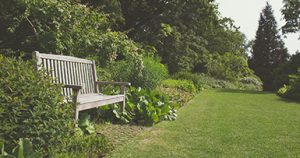October in the garden
As the garden dies back, now is the time to replenish summer colour with winter flowering plants, and start thinking ahead to Spring to ensure a beautiful display of colour and some early veggies.
Here’s a summary, but scroll down if you want more information on any of these jobs!
In the Vegetable Plot
- Harvest squash and pumpkins
- Harvest cabbage
- Bring in green tomatoes and peppers
- Harvest apples and pears
In the Flower Bed
- Start planting spring bulbs
- Add winter colour
- Lift and divide perennials
- Mulch beds
Around the Garden
- Clear leaves
- Prune climbing roses
- Clean tools and greenhouse
What To Plant In October









